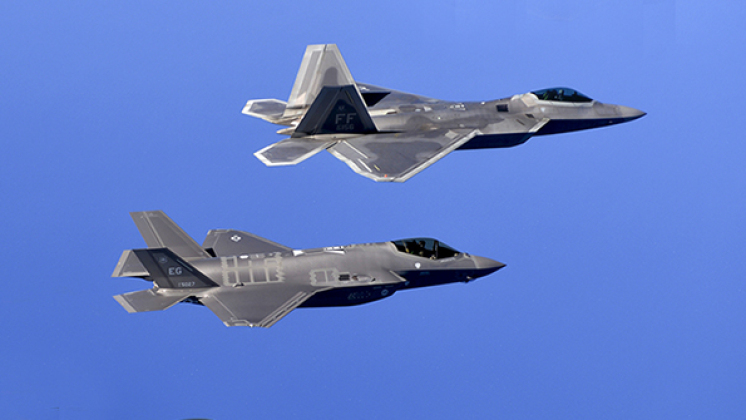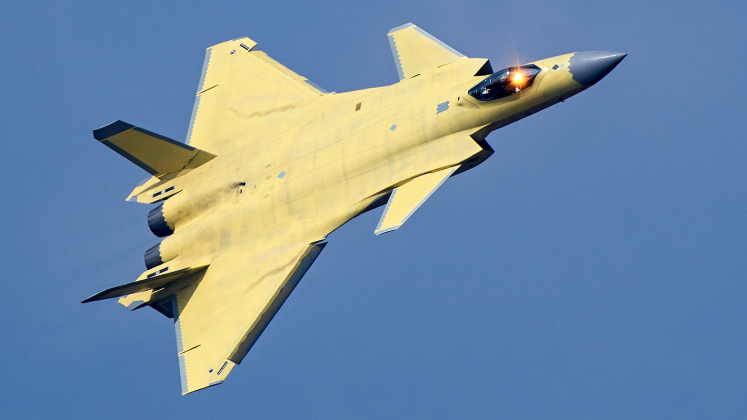As work continues in the United States on the development of the country’s first sixth generation fighter the F-X, which is expected to replace the fifth generation F-22 in service providing a high end air superiority capability, questions regarding the affordability of the platform have increasingly been raised. With China currently producing fifth generation heavyweight fighters which in a growing number of parameters outperform the F-22, and potentially soon becoming the first to field a sixth generation fighter, the need to accelerate development of the F-X has increasingly been raised in the U.S. When asked about fighter’s cost, however, Air Force Secretary Frank Kendall stated before the House Armed Services Committee that the new aircraft would cost “multiple” hundreds of millions of dollars. “This is a number that’s going to get your attention,” Kendall said. “It’s going to be an expensive airplane,” he added, implying that it would be fielded in smaller numbers than its predecessors but accompanied by less expensive supporting jets to compensate for this. The fighter is expected to be complemented by both a range of drones currently under development as well as by the F-35A, a relatively low cost fifth generation single engine stealth fighter which is expected to gain a number of sixth generation features as the design continues to be improved.

Unlike the F-35 which was designed to be produced in very large numbers, prioritise minimising costs, and operate primarily against ground targets at relatively short ranges, the F-X sixth generation fighter is expected to be a heavyweight twin engine platform designed for very long range missions and primarily intended to engage enemy fighters. In this regard, where the F-35 is a successor to the F-16 of the fourth generation, following the cutting of F-22 production and its subsequent commencement of early retirement the F-X will be the successor to the F-15. The F-22 was initially intended to replace the F-15, but only 25 percent of initially planned airframes were ever built with orders to end production being given less than four years after the fighter entered service. Where a primarily failing of the F-22 was its excessive maintenance requirements and operational costs, should the F-X be able to have lower operational costs perhaps comparable to the F-15 this could held to reduce its lifetime operational expenses considerably and make it more affordable despite its multi million dollar acquisition cost, with operational costs over a fighter’s lifetime usually being several times as high as their acquisition costs. Trends set in recent years by the American defence sector, however, strongly indicate that the F-X will be expensive to operate unless its development is approached very differently from other post-Cold War programs such as the B-2 bomber, F-22 and F-35.

While the Pentagon’s ability to afford the F-X in meaningful numbers depends heavily on how expensive it is to fly, potentially moreso than the price tag of the airframe itself, the fighter’s extreme expense is expected to exclude all but a few potential export clients should the aircraft be offered at all abroad. With F-15 production lines expected to close over the coming decade, should the new fighter not be offered for export it would effectively leave China and Russia as the only supplies of heavyweight twin engine fighters anywhere in the world. The current leading challengers to American air superiority is posed by the Chinese J-20 fifth generation stealth fighter, the only fifth generation fighter other than the F-35 currently in production and fielded at squadron level strength, which saw its first encounter with the F-35 in March 2022 where it impressed U.S. Air Force officials with its performance. The J-20 is expected to be fielded in much larger numbers than the F-22 or F-X, although still outnumbered by the much lighter F-35, and is expected to be supplemented by a sixth generation fighter with such programs from China considered the primary challenger to the F-X.
